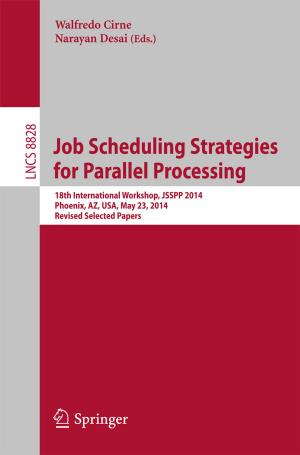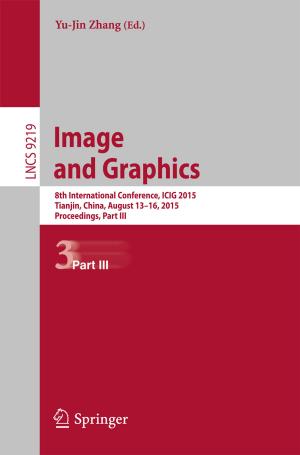Intracellular Delivery III
Market Entry Barriers of Nanomedicines
Nonfiction, Science & Nature, Technology, Nanotechnology, Health & Well Being, Medical| Author: | ISBN: | 9783319435251 | |
| Publisher: | Springer International Publishing | Publication: | October 31, 2016 |
| Imprint: | Springer | Language: | English |
| Author: | |
| ISBN: | 9783319435251 |
| Publisher: | Springer International Publishing |
| Publication: | October 31, 2016 |
| Imprint: | Springer |
| Language: | English |
A critical review is attempted to assess the status of nanomedicine entry onto the market. The emergence of new potential therapeutic entities such as DNA and RNA fragments requires that these new “drugs” will need to be delivered in a cell-and organelle-specific manner. Although efforts have been made over the last 50 years or so to develop such delivery technology, no effective and above all clinically approved protocol for cell-specific drug delivery in humans exists as yet. Various particles, macromolecules, liposomes and most recently “nanomaterials” have been said to “show promise” but none of these promises have so far been “reduced” to human clinical practice.
The focus of this volume is on cancer indication since the majority of published research relates to this application; within that, we focus on solid tumors (solid malignancies). Our aim is critically to evaluate whether nanomaterials, both non-targeted and targeted to specific cells, could be of therapeutic benefit in clinical practice. The emphasis of this volume will be on pharmacokinetics (PK) and pharmacodynamics (PD) in animal and human studies.
Apart from the case of exquisitely specific antibody-based drugs, the development of target-specific drug–carrier delivery systems has not yet been broadly successful at the clinical level. It can be argued that drugs generated using the conventional means of drug development (i.e., relying on facile biodistribution and activity after (preferably) oral administration) are not suitable for a target-specific delivery and would not benefit from such delivery even when a seemingly perfect delivery system is available. Therefore, successful development of site-selective drug delivery systems will need to include not only the development of suitable carriers, but also the development of drug entities that meet the required PK/PD profile.
A critical review is attempted to assess the status of nanomedicine entry onto the market. The emergence of new potential therapeutic entities such as DNA and RNA fragments requires that these new “drugs” will need to be delivered in a cell-and organelle-specific manner. Although efforts have been made over the last 50 years or so to develop such delivery technology, no effective and above all clinically approved protocol for cell-specific drug delivery in humans exists as yet. Various particles, macromolecules, liposomes and most recently “nanomaterials” have been said to “show promise” but none of these promises have so far been “reduced” to human clinical practice.
The focus of this volume is on cancer indication since the majority of published research relates to this application; within that, we focus on solid tumors (solid malignancies). Our aim is critically to evaluate whether nanomaterials, both non-targeted and targeted to specific cells, could be of therapeutic benefit in clinical practice. The emphasis of this volume will be on pharmacokinetics (PK) and pharmacodynamics (PD) in animal and human studies.
Apart from the case of exquisitely specific antibody-based drugs, the development of target-specific drug–carrier delivery systems has not yet been broadly successful at the clinical level. It can be argued that drugs generated using the conventional means of drug development (i.e., relying on facile biodistribution and activity after (preferably) oral administration) are not suitable for a target-specific delivery and would not benefit from such delivery even when a seemingly perfect delivery system is available. Therefore, successful development of site-selective drug delivery systems will need to include not only the development of suitable carriers, but also the development of drug entities that meet the required PK/PD profile.















